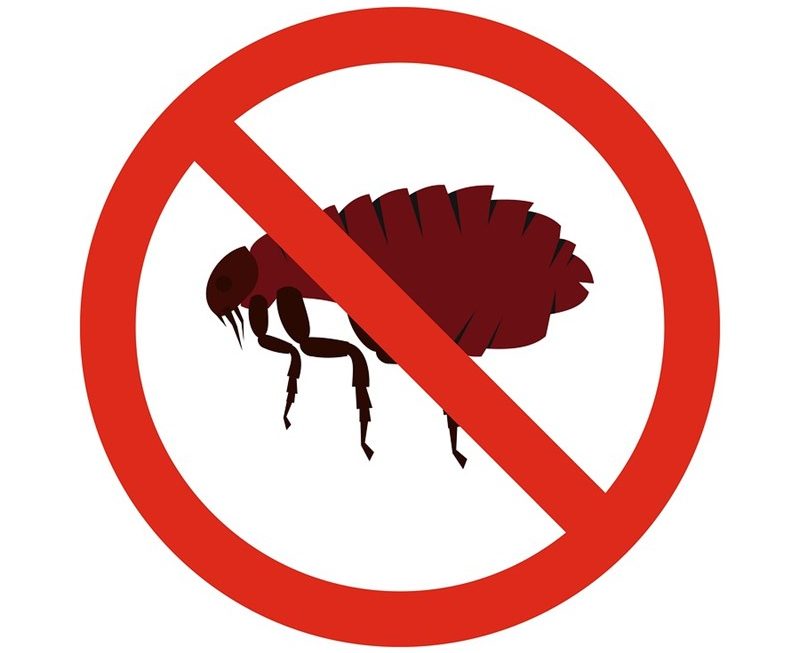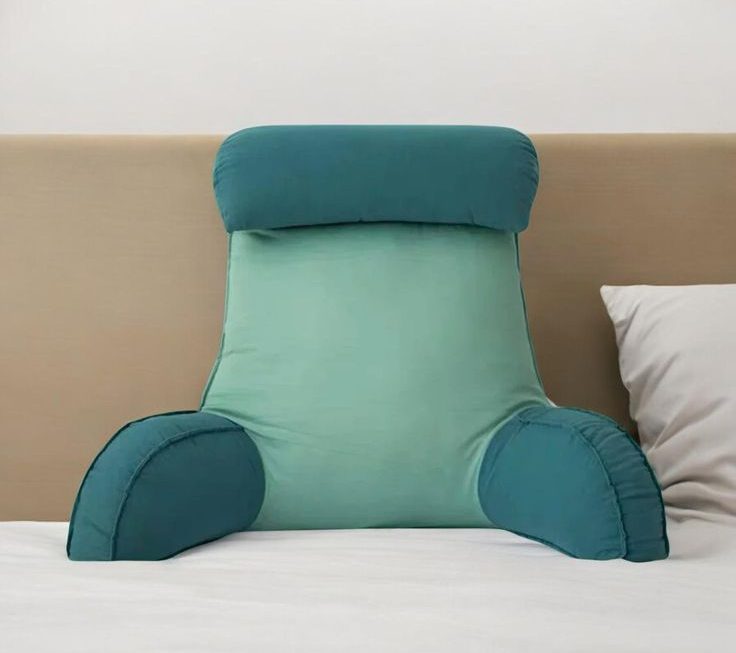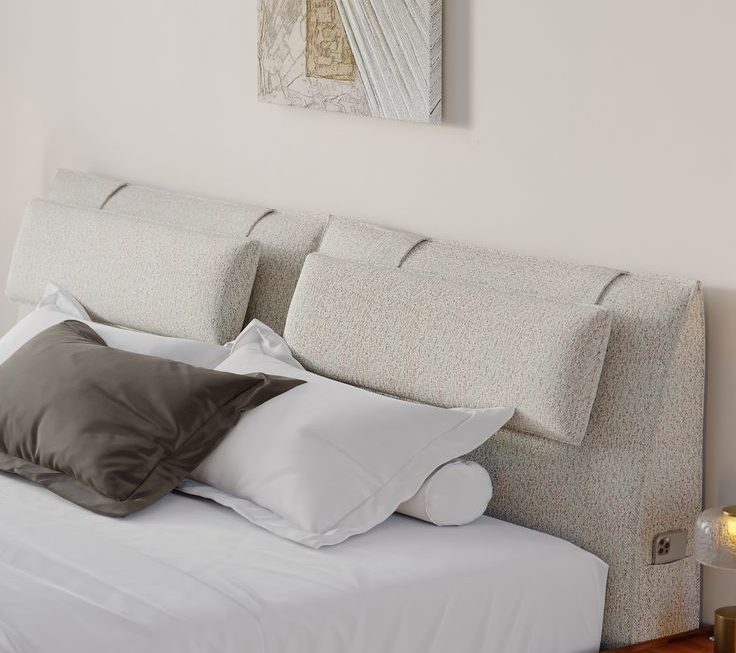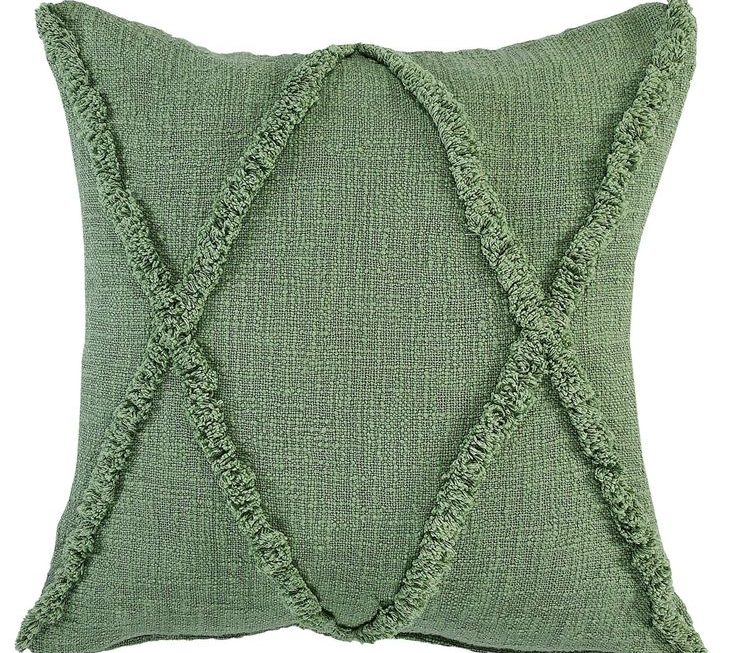Fleas are tiny, wingless insects that can be a major nuisance for both pets and humans. They feed on the blood of animals, but they can also bite humans. Fleas can live in a variety of environments, including carpets.
The Flea Life Cycle in Home Environments
Understanding the lifecycle of fleas is crucial in combatting infestations. In home environments, especially those with carpets, conditions are often ideal for fleas to complete their lifecycle.
How Flea Eggs and Larvae Thrive in Carpets
Flea eggs fall off pets and settle deep into carpet fibers. These eggs hatch into larvae that feed on organic matter. Carpets often have plenty of such food, helping larvae grow.
Transition from Larvae to Adult Fleas
Mature larvae spin cocoons, becoming pupae. They stay in this protective layer until conditions trigger them to emerge as adult fleas. These adults leap onto hosts, like pets and humans, to feed and restart the cycle.
How long can fleas live in carpet?
The answer to this question depends on a number of factors, including the type of carpet, the temperature, and the humidity. However, fleas can live in carpets for several weeks or even months.

Duration Fleas Can Survive Without a Host
Understanding how long fleas can endure without a host is vital in controlling infestations.
How Long Larvae Can Live in Carpets
Flea larvae depend on carpet debris, not blood meals. They can survive several days to weeks.
The Lifespan of Adult Fleas in Carpets
Without a host to feed on, adult fleas’ survival in carpets ranges from a few months to over a year. Timely action is essential to prevent long-term residency.
Identification of Flea Infestations in Carpets
Identifying a flea infestation in your carpet can be challenging but vital.
Recognizing Signs of Fleas in Carpets
How can you tell if fleas have taken up residence in your carpet? Here are some clear signs:
- Small black dots, which are flea feces, might be visible in the fibers.
- Your pets may scratch more often if they are picking up fleas from the carpet.
- You may notice flea bites on your own skin, typically around ankles and legs.
- Fleas can be seen jumping in and out of carpet fibers if you look closely.
Understanding Flea Behavior and Habitat Preferences
Fleas prefer environments where they can thrive undisturbed. Carpets offer:
- Warmth, especially in homes with central heating, making a comfortable habitat.
- Protection for eggs and larvae from light and predators.
- An abundance of organic matter for larvae to consume and grow.
Standing against fleas begins with spotting their presence and understanding where they flourish. Knowing these details can drive targeted action to control and eliminate the infestation.
Strategies for Removing Fleas from Carpets
Effective flea control means attacking them at every life stage. Carpets can hide fleas well.
Vacuuming: Effective Flea Removal Technique
Vacuuming is a strong first step to get rid of fleas. It sucks up adults, eggs and larvae. Pay special attention to places where pets rest. Remember to empty your vacuum outside immediately afterward.
Hot Water Treatment for Pet Bedding
Hot water kills fleas effectively. Wash pet bedding weekly to prevent fleas. Use the hottest water safe for fabrics. Dry bedding on high heat to ensure all fleas are dead.
Choosing the Right Flea Treatments for Pets
Pick treatments that vets recommend. Apply as directed to stop adult fleas. Choose between topical solutions, oral medications, or flea collars. Regular treatments help keep fleas off your pets and out of carpets.

Professional Flea Extermination Options
When battling a severe flea infestation, sometimes DIY methods fall short. That’s when professional pest control services come into the picture. These exterminators can be lifesavers in tackling flea problems head-on.
When to Consider Pest Control Services
You should consider hiring pest control when:
- Fleas return even after home treatments.
- Pets suffer from severe flea-related issues.
- You keep finding fleas after thorough cleaning.
Professionals have the right tools and knowledge to end the flea life cycle. They understand how long can fleas live in carpet and can take steps to prevent future problems.
The Role of Technicians in Flea Extermination
Pest control technicians play a critical role. They inspect homes to find the infestation source. They use specialized equipment to treat carpets and other areas fleas hide. Their methods target all flea life stages, from eggs to adults.
By following their guidance, you can maintain a flea-free home. Remember, the goal is to not only kill existing fleas but also to prevent new infestations.
Preventative Measures for Flea Control
To keep fleas at bay, prevention is key.
Regular Cleaning and Pet Hygiene Practices
Frequent cleaning reduces flea chances. Vacuum often, targeting pet areas. Wash your pet’s bedding in hot water weekly. Comb pets with flea combs regularly.
Securing Your Home Against External Flea Sources
Fleas enter from outside, so take measures. Seal cracks that rodents or wildlife use. Use flea-preventive products on pets all year. Keep your yard tidy, with grass cut short. This makes it less inviting for fleas.
Natural and Chemical Treatment Alternatives
When it comes to eliminating fleas from carpets, there are both natural and chemical routes one can take. The right option often depends on personal preferences, the severity of the infestation, and the safety of household occupants including pets and children. It’s important to explore both to ensure effective flea control.
Exploring Natural Flea Remedies for Home Use
Homeowners who prefer non-toxic solutions have a variety of natural flea remedies at their disposal. Here are some effective strategies:
- Diatomaceous Earth: This fine powder can dehydrate and kill fleas. Sprinkle on carpets, let sit, then vacuum.
- Baking Soda and Salt: Mixing these can dehydrate flea eggs and larvae. Apply to carpets, wait, and then vacuum thoroughly.
- Essential Oils: Oils like lavender, peppermint, and lemongrass can repel fleas when used in homemade sprays.
- Soap Water Traps: A simple bowl of soapy water with light can trap and drown adult fleas at night.
These natural solutions often require repeated application and consistent effort. They work best as part of a comprehensive flea control plan.
Comparison of Topical and Collar-Based Chemical Solutions
For those seeking chemical alternatives, topical treatments and flea collars are common choices. Here’s how they differ:
- Topical Treatments: These are liquid medications applied directly to a pet’s skin, usually on the back. They contain ingredients that kill fleas on contact.
- Flea Collars: These collars emit chemicals over time that can kill or repel fleas. They offer long-term protection but vary in effectiveness.
Using these products requires following directions carefully and consulting with a vet, especially for pets with health issues or sensitivities. It’s critical to pick products that match your pet’s size and species to avoid adverse effects.

FAQs: Common Concerns About Fleas in Carpets
Fleas in carpets raise many questions for concerned homeowners. Let’s address some common concerns.
Can Fleas Jump from Carpet to Bed and Other Furniture?
Yes, fleas have powerful legs that let them leap to beds and furniture from carpets. Regular cleaning of all areas is key to control.
What Causes a Sudden Infestation of Fleas?
Sudden flea infestations can occur with introduced pets, wildlife, or dormant eggs in carpets. Keep pets treated and home clean to avoid.
Can Fleas Survive in an Unoccupied Property?
Fleas need hosts to live long. In empty homes, without hosts, they may only survive a few days. Regular property checks are crucial to prevent infestations.



